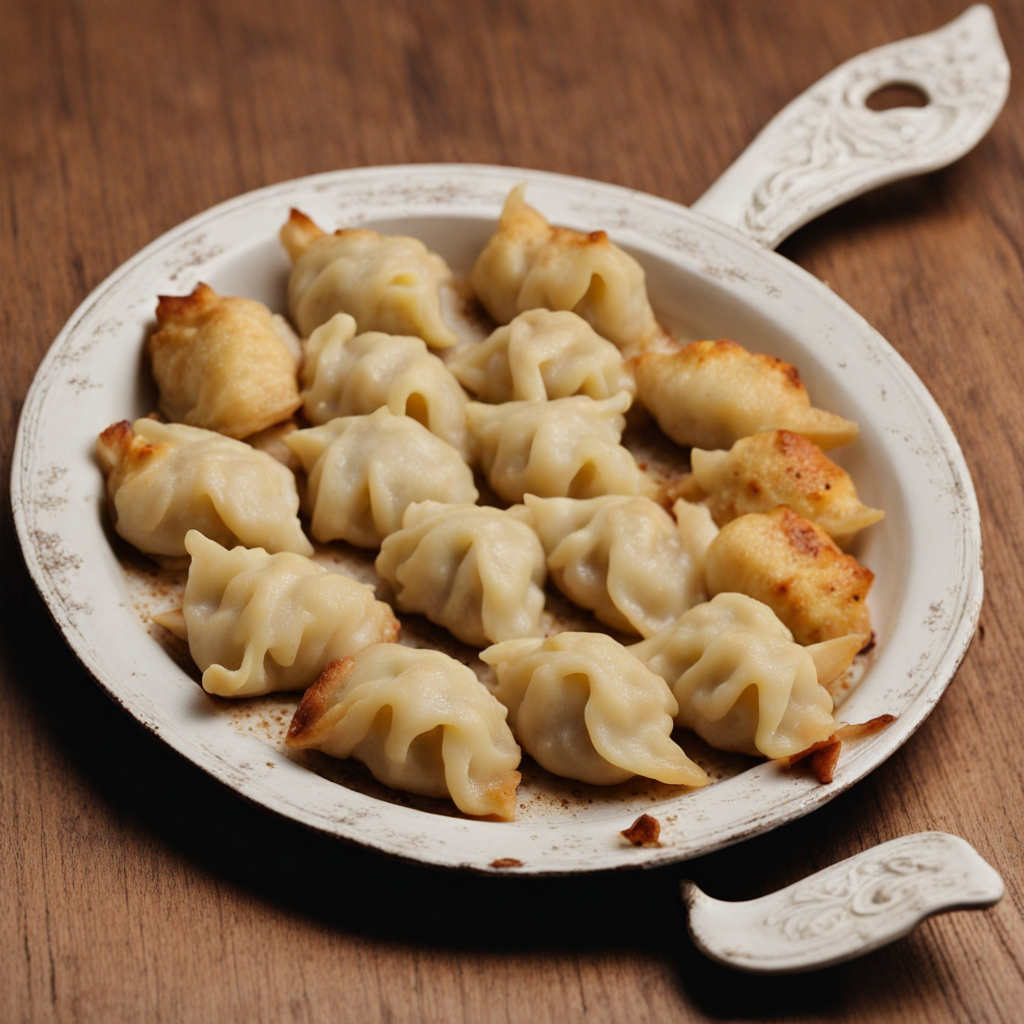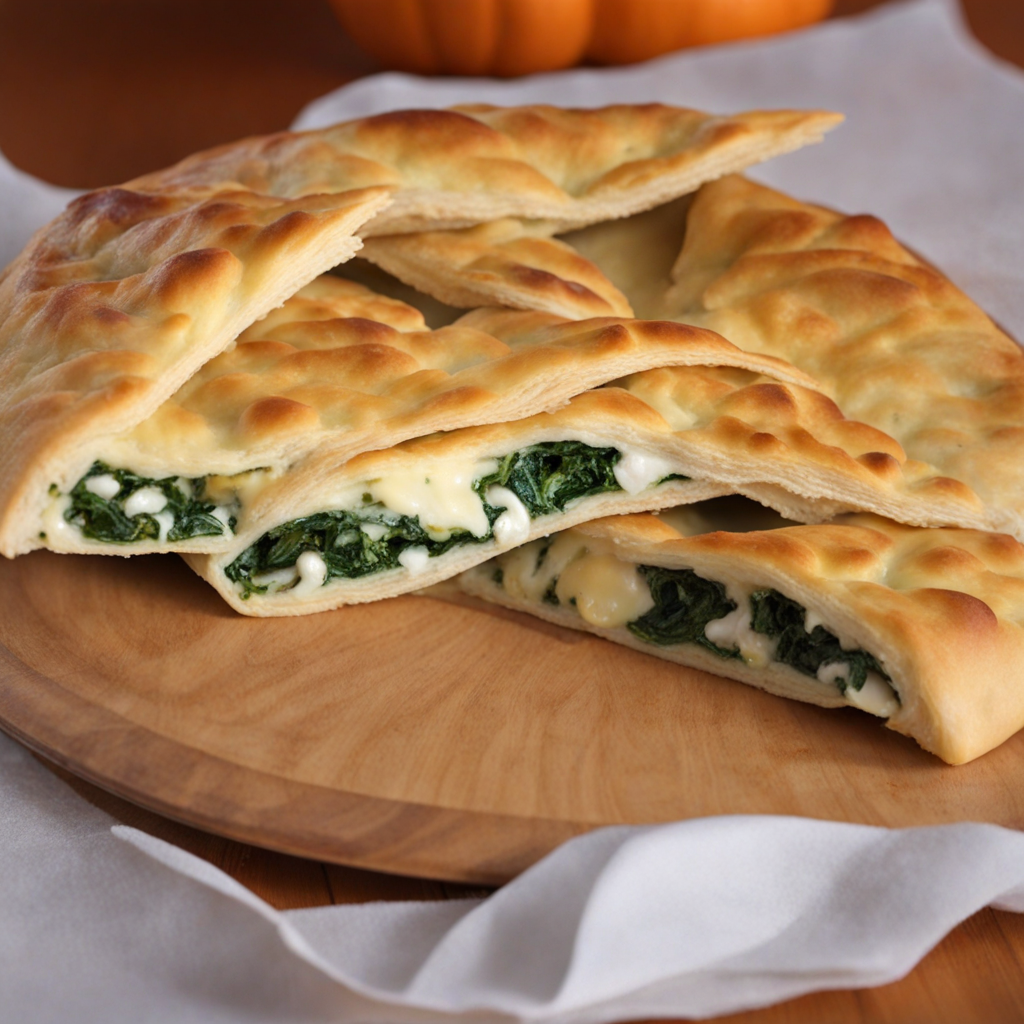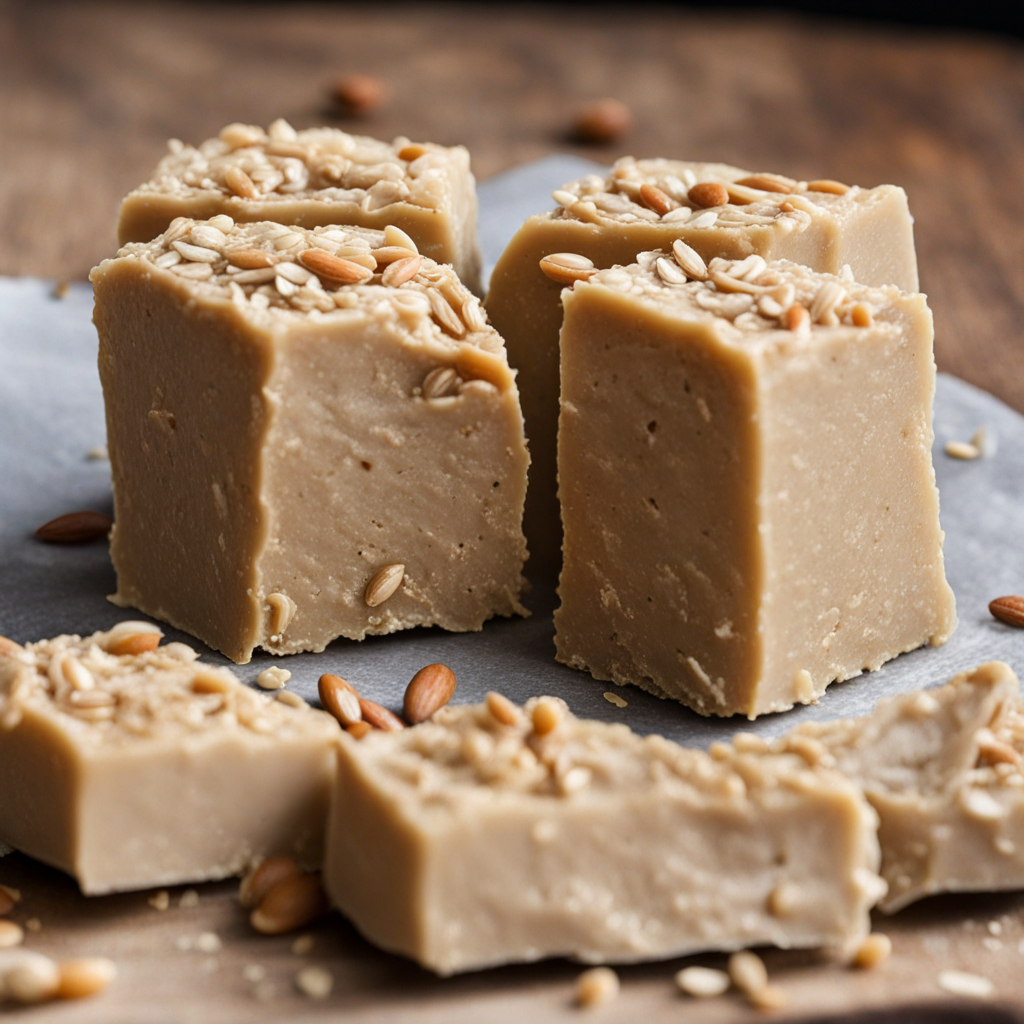Mantije
Mantije is a traditional dish from Bosnia and Herzegovina that beautifully showcases the region’s culinary heritage. These delightful dumplings are made from thin layers of dough, expertly rolled and filled with a savory mixture of minced meat, usually lamb or beef, combined with fragrant spices and finely chopped onions. The dough is meticulously crafted, giving it a delicate yet sturdy texture that holds the flavorful filling perfectly. The result is a hearty and satisfying dish that captures the essence of Balkan comfort food.
The cooking method for mantije often involves steaming or baking, which allows the flavors to meld and intensify. When served hot, they are often accompanied by a rich, yogurt-based sauce or a drizzle of melted butter, enhancing their savory profile. This addition not only provides a creamy contrast to the dumplings but also elevates the entire dish with a luxurious touch. The combination of the spiced meat filling and the tender dough creates a mouthwatering experience that keeps you coming back for more.
How It Became This Dish
The History of Manđije: A Culinary Journey Through Bosnia and Herzegovina Introduction In the heart of the Balkans lies Bosnia and Herzegovina, a land rich in cultural diversity and culinary traditions. Among the myriad dishes that populate the Bosnian table, "manđije" (or "mantije") stand out as a beloved staple. These savory pastries, filled with spiced meat and onions, encapsulate the region's historical influences and social fabric. The story of manđije is not merely one of culinary evolution but also a reflection of the region's complex history and cultural amalgamation. Origins of Manđije The origins of manđije can be traced back to the Ottoman Empire, which ruled the Balkans for several centuries. The Ottomans introduced a variety of foods and cooking techniques that have since become integrated into the local cuisine. The concept of stuffed pastries is not unique to Bosnia and Herzegovina; it is prevalent throughout the region, with variations appearing in Turkish, Middle Eastern, and Central Asian cuisines. The name "mantı" in Turkish, which refers to similar dumplings, suggests a shared ancestry. The Bosnian version, manđije, is distinguished by its unique preparation and the specific ingredients used. Traditionally, the dough is made from a simple mixture of flour, water, and salt, rolled thin, and then filled with a mixture of minced meat (typically lamb or beef), finely chopped onions, and a blend of spices such as paprika, salt, and pepper. The filled dough is then shaped into various forms, often resembling small envelopes or parcels. Cultural Significance Manđije hold a significant place in the culinary landscape of Bosnia and Herzegovina, transcending mere sustenance to become a symbol of hospitality and community. They are often prepared for special occasions, family gatherings, and celebrations. The act of making manđije is frequently a communal activity, bringing families together in the kitchen. Elders pass down their knowledge to younger generations, ensuring that traditional recipes and techniques are preserved. These pastries are also associated with the concept of "merak," a Bosnian term that embodies the idea of pleasure and enjoyment in food. The experience of savoring manđije, often accompanied by yogurt or a tangy sauce, encapsulates the joy of shared meals and the warmth of Bosnian hospitality. In many households, the preparation of manđije is a ritual that fosters familial bonds and strengthens community ties. Development Over Time As Bosnia and Herzegovina underwent significant political and social changes throughout the 19th and 20th centuries, so too did the preparation and consumption of manđije. The end of Ottoman rule in the early 20th century marked a turning point in the culinary landscape. The emergence of national identities led to a renewed interest in traditional foods, with manđije becoming a symbol of Bosnian culture. During the Yugoslav era, manđije were widely enjoyed across the various republics, though regional variations began to emerge. In some areas, the filling might include additional ingredients such as potatoes or various spices, reflecting local tastes and agricultural practices. The dish became emblematic of Bosnian cuisine, representing both the region's culinary heritage and its adaptability. The 1990s brought about a tumultuous period marked by war and conflict, which had a profound impact on food culture in Bosnia and Herzegovina. Ingredients became scarce, and traditional recipes were often altered out of necessity. However, the post-war period saw a revival of interest in traditional foods, with manđije re-emerging as a cherished dish. In many ways, the resurgence of manđije was emblematic of the resilience of the Bosnian people and their commitment to preserving their culinary heritage. Today, manđije can be found in homes and restaurants throughout Bosnia and Herzegovina, often served with a side of yogurt or a fresh salad. They are celebrated not only for their flavor but also for their role in fostering a sense of belonging and cultural identity. Festivals and culinary events often highlight manđije, showcasing their importance in the broader context of Bosnian gastronomy. Modern Interpretations In recent years, there has been a growing trend toward culinary innovation in Bosnia and Herzegovina, with chefs experimenting with traditional recipes to create modern interpretations of classic dishes. While some may stay true to the traditional fillings of meat and onions, others have explored vegetarian options or fusion styles that incorporate international flavors. This creative approach has not diminished the traditional significance of manđije; rather, it has broadened their appeal, attracting a new generation of food enthusiasts. Moreover, the rise of food tourism in Bosnia and Herzegovina has placed manđije at the forefront. Visitors to the region are often eager to experience authentic Bosnian cuisine, and manđije have become a must-try dish for those seeking a taste of local culture. Culinary workshops and tours frequently include opportunities to learn how to make manđije, allowing tourists to engage with the culinary traditions of the region firsthand. Conclusion The story of manđije is a testament to the rich culinary heritage of Bosnia and Herzegovina. Rooted in the region's Ottoman past, these savory pastries have evolved over time, reflecting the social, political, and cultural changes that have shaped the country. More than just a delicious dish, manđije embody the spirit of hospitality, community, and resilience that defines Bosnian culture. As Bosnia and Herzegovina continues to navigate its identity in a modern world, manđije remain a cherished symbol of its rich history and cultural diversity. Whether enjoyed at a family gathering, a festive occasion, or a local restaurant, these delightful pastries serve as a delicious reminder of the country's culinary legacy and its enduring connection to the past.
You may like
Discover local flavors from Bosnia And Herzegovina







